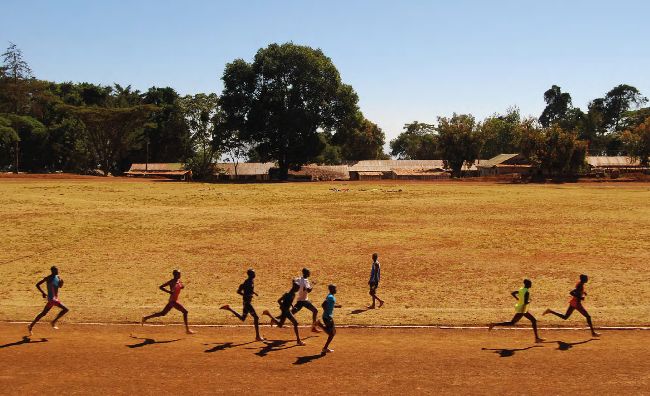DON’T DEMONISE KENYA
ADHARANAND FINN, AUTHOR OF THE BOOK RUNNING WITH THE KENYANS, ARGUES THAT DOPING IS NOT ENDEMIC IN THE EAST AFRICAN NATION

Kenyan athletes are put through their paces in Iten
KENYAN running is under a cloud. The country’s anti-doping body has been repeatedly ruled non-compliant by the World Anti-Doping Agency (WADA), while a series of articles in the Sunday Times has claimed widespread drug-taking in the country.
The ARD film used as the basis for the latest Sunday Times exclusive ends with images of Kenyan runners winning gold medals in the London Olympics in 2012, while the voiceover intones: “Kenya is the most successful athletics nation in the world but, in just a few weeks, when the world sees images like these coming from Rio, scepticism will remain.”
Following all this, you would be forgiven for thinking the Kenyan running phenomenon, one of the greatest stories in sport, is a complete lie. Like Lance Armstrong, a story of courage, of beating the odds, is in reality all a big farce.
In 2011, I spent six months in Kenya’s Rift Valley, the epicentre of the Kenyan running world. I lived in the camps of some of the top athletes and spoke to many others. I was invited into their world as
I researched my book Running with the Kenyans: Discovering the Secrets of the Fastest People on Earth.
What I encountered leaves me convinced that the Kenyan phenomenon is not built on doping.
Of course, I’m not naive: it is clear from both the reports and the known facts that doping exists in Kenya. No fewer than 15 Kenyans are currently banned from competing due to doping offences. Even one is too many, although there is barely a country on Earth that doesn’t have any doping problems.